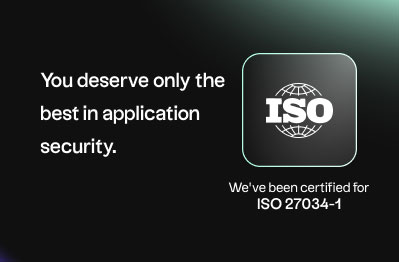
Part 1: BI and Analytics adoption made easy
Companies across many industries have already adopted BI analytics to streamline day-to-day operations, customer support, accounting, sales, marketing and other business functions.
If your company or department hasn’t adopted BI and Analytics, you may find that this post can help you or your team move into the analytics space—starting with BI and Analytics and evolving to consider leading-edge Advanced Analytics solutions with AI and Predictive Analytics.
Getting started with business intelligence analytics tools can be a daunting task. Your organization or department may have a ton of data, but to date has not used them to generate insights.
Connecting your data and starting the analysis is the easy part, but there are few challenges to overcome, including refining your business strategy for analytics, addressing risk and governance issues, and finding the right in-house or outsourced skills to do the job. Then there is the uphill battle to convince leadership with a proof of concept that showcases the value of BI and Analytics for your business.
This is Part 1 of our two-part series blog that will drill into ways you can address these challenges. We’ll explore 5 practical steps that will help you adopt an Analytics solution that is best suited for your business. Part 2 will look at the specific challenges facing organizations transitioning from traditional BI Analytics to Advanced Analytics.
How to adopt BI Analytics in your business
1. Have the right business case to get leaders on your side
The first step is to convince leadership to adopt BI solutions with a business case, which identifies all the business users most likely to benefit from an Analytics solution.
Every department in an organization has untapped data. So, in collaboration with the potential users—find, document, and analyze departmental problems that can’t be solved using primitive analytics tools and decisions that cannot be made solely on intuition or inaccurate data.
After you’ve assembled a list of problems, prioritize them and figure out which ones, if targeted, will yield the highest return on investment (ROI). Think about whether you can get management support, the type of data-driven insights the users will get from having a BI and Analytics platform, and how solving different problems aligns with business specific goals.
Also, consider the data sources: Are they available? How are they structured? Do they contain high quality data? Does your data have duplicates? You need the right data to get accurate results from analytics.
By looking at all these areas, you can identify the most ideal business case for analytics and gain the necessary support and resource to move ahead with your goals.
2. Understand the impact of analytics on your organization
The next step is to look at potential analytics solutions by networking with your peers, reading online resources, comparing vendor offerings, and analyzing documentation. These activities help zero in on the best analytics solution for your business.
At the same time, you need to look internally at your business to make sure current and planned infrastructure can handle the analytics solution. You also need to make sure that you have enough quality data for better, more reliable analytics results.
After you’ve done all that, make sure to consider your operational needs: What are your future analytics solution performance goals? How will they be measured? Can you measure them using available tools? Who will support the platform?
3. Find the skills to implement analytics
Adopting an analytics platform requires more than just the right solution—you also need to make sure you have the right skills, experience, and resources to plan, deploy, and manage the platform.
You need to find out if you have in-house skills or if you can build the skills internally. If not, you need to have budgets in place to hire new personnel or ask your choice of vendor whether they can manage your analytics platform or have a third party manage on your behalf.
4. Audit the technical requirements
To ensure your IT infrastructure can support your preferred BI and Analytics solution, you need to perform an audit of your internal infrastructure and the solution requirements. This can include auditing the following areas:
- Data availability and quality requirements
- Existing and required data governance policies
- Security and privacy requirements
- Physical and virtualized infrastructure capacity and requirements
- Cloud hosting options (private, hybrid, or public)
- Specialized components and integration layers
- Required queries and algorithms
- Presentation layer for end users, including reports and dashboards
After an audit is complete, you can procure any required infrastructure, make appropriate improvements to your governance and security policies, and then finally plan, design, and implement the solution.
5. Implement the solution
With the right skills, technology, and knowledge in place for your BI and Analytics solution, you can start designing the solution. This includes identifying use cases, mapping data flows, deciding on what data is important, and selecting the correct analytics and algorithms for your business.
After this is done, it’s time to set up development and quality assurance (QA) environments to configure and test the data warehousing, application layer, integration layer, presentation layer, end user tools, and other components. Users can then be trained on the systems and you can deploy the solution in a production environment.
With these 5 steps, you can move your business towards the adoption of a BI and Analytics solution that provides better insights into critical business functions while offering real return on investment.





